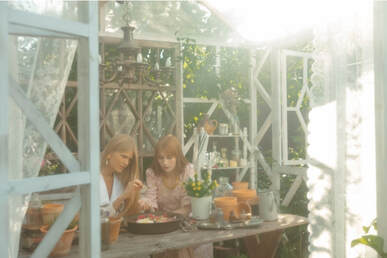 With today's hustle and bustle, finding solace in a tranquil outdoor space has become a cherished endeavor. A well-designed garden can serve as an oasis of calm. It can also be a retreat from the chaos of daily life. Be it a sprawling backyard or a cozy balcony, there are endless opportunities to transform your outdoor area into a sanctuary of beauty and relaxation. In this article, we will explore a plethora of garden redecorating ideas to help you elevate your outdoor sanctuary. 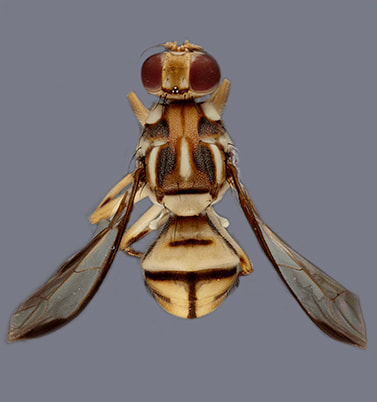 A portion of Los Angeles County has been placed under quarantine for the Tau fruit fly (Zeugodacus tau group) following the detection of more than 20 flies in the unincorporated area of Stevenson Ranch, near the city of Santa Clarita. The fly has a very wide host range, including numerous citrus varieties as well as a select range of native plants in California. 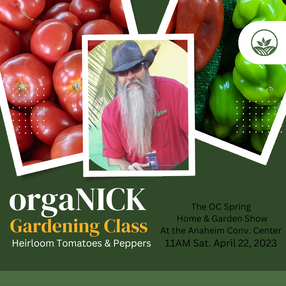 Are you a beginning gardener looking for ways to grow your own vegetables without using harsh chemicals? If so, then you won’t want to miss the upcoming free organic gardening talk on heirloom tomatoes and peppers with TV & Radio Horticulturalist Nick Federoff. This is an excellent opportunity for those just starting out in their gardening journey as it will provide valuable information on how to create a garden that is both healthy and sustainable. Question: My hibiscus looks pretty healthy. But the healthy-looking buds keep drying up and falling off. It's got lots of buds, but no blooms. What am I supposed to do?
NICK: When you have a series of buds that don't open, the first thing I think about is to do a little investigative reporting. I want you to open up the bud, and with the magnifying glass, see what's inside, because it's probably a minute insect called a mite. Sometimes mites will make a little webbing, and with others, they don't. Now that you've identified it as a mite, you're going to have to come in there and spray this thing with a miticide that you would get at your local nursery and garden center. Then fertilize the plant, and you should be just fine. Question: I live in Brooklyn, and my snake plant is in a south-facing window. It grows well in the center, but the outer leaves are breaking off. What do I do?
NICK: Snake plants are pretty rugged plants. However, it would be better if the plant did get morning sun as opposed to afternoon sun. Okay, put that all aside, we still have these outer leaves that are falling off. Normally when you have it in a southern window like that, you're thinking oh no, I got to water more. So we end up doing that. That right there is detrimental to the plant. They'll start rotting off and falling out. So ease up on your watering. The second thing is that your older growth will naturally die off on you. Maybe that's what's going on here. Question: I’ve been given some wild flowers. Are you able to advise on if these things are safe to use for my garden? The instructions say just to throw it in a flower bed and the non-peat compost is going to germinate the flowers?
NICK: Okay. So what he's talking about over here is that there's a seed company that is doing something that's kind of in the world of novelties. Where they're taking the seeds, and they're putting them in medicine capsules. And inside the capsule is a little bit of an organic material to help the seed grow. There's nothing wrong with doing something like this, as long as you get plenty of moisture on those seeds, because it's all encapsulated, the seed is there, you probably got a little fertilizer, you throw it on the ground and it'll eventually sprout for you. Question: I’ve had a pear tree for at least 10 years, and it gets a lot of flowers and green leaves, but I don't get any fruit off of it. What can I do?
NICK: What I really need to know is whether or not you had any fruit on the pear tree in the previous 10 years, because one of two different things is happening. Either you're pruning it incorrectly, or number two, which is probably most likely the reason here, it's not getting enough or it's getting too many chill hours, which is a collective amount of hours that the tree will hold in its system and then when it gets enough, it'll be able to produce for you. Certain trees need a lot of chill hours, or others they need very little, and that's usually around the 45-degree mark. |
Categories |

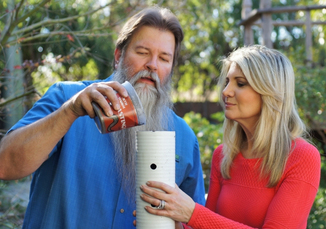
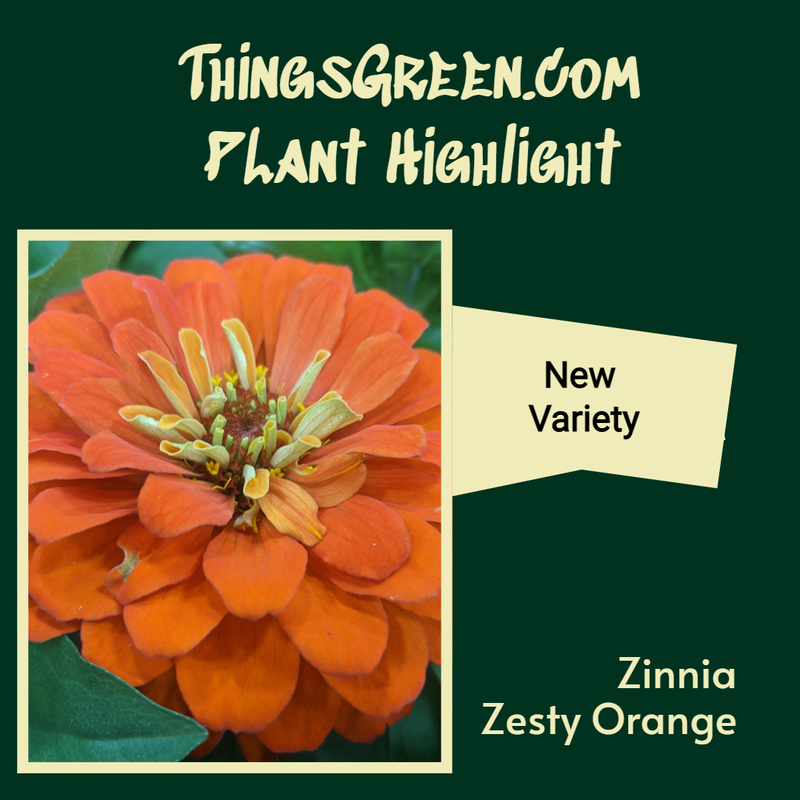
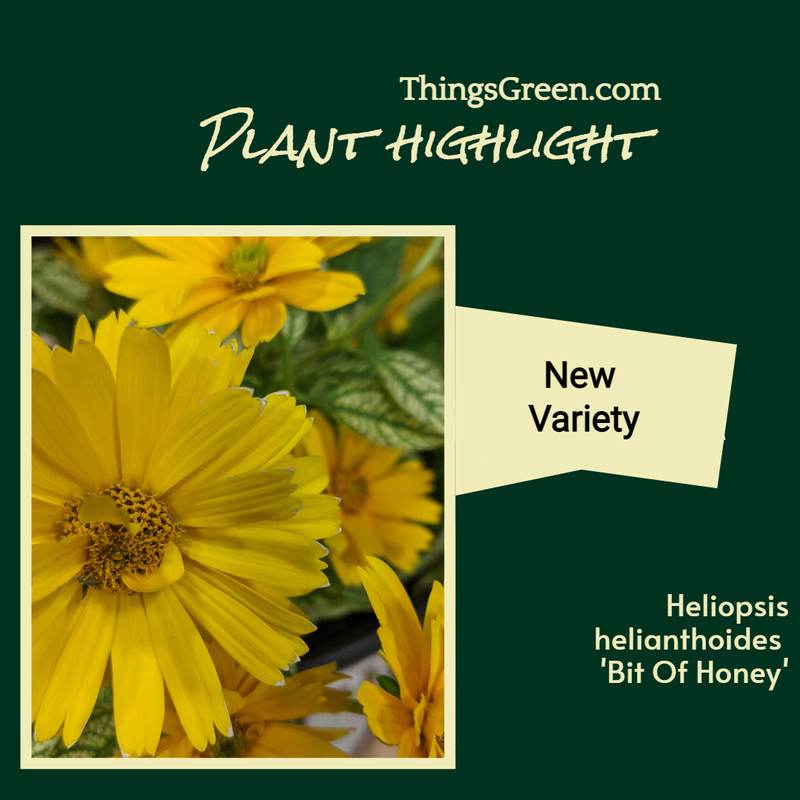
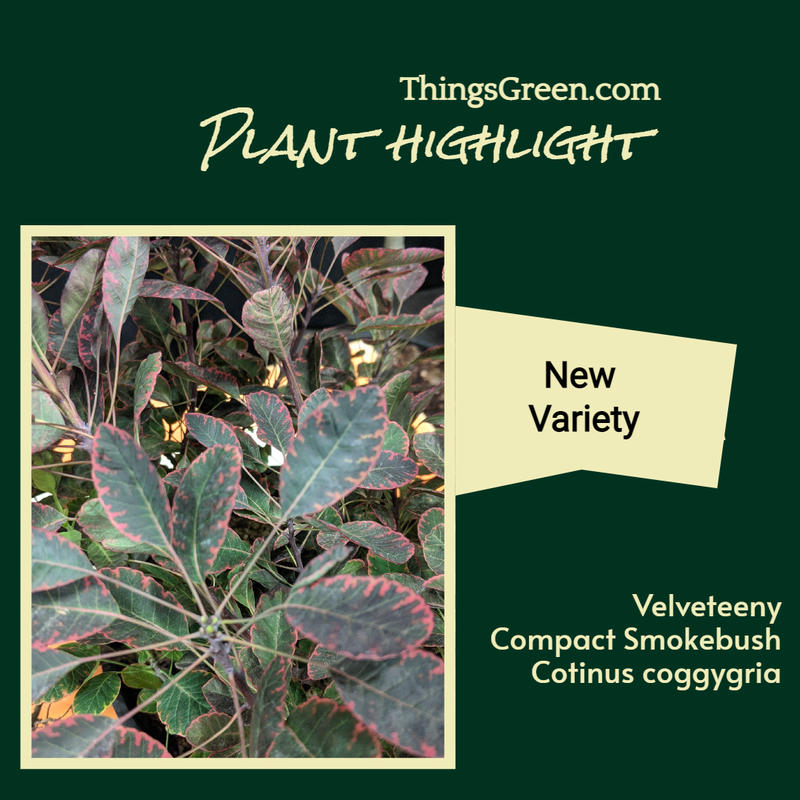
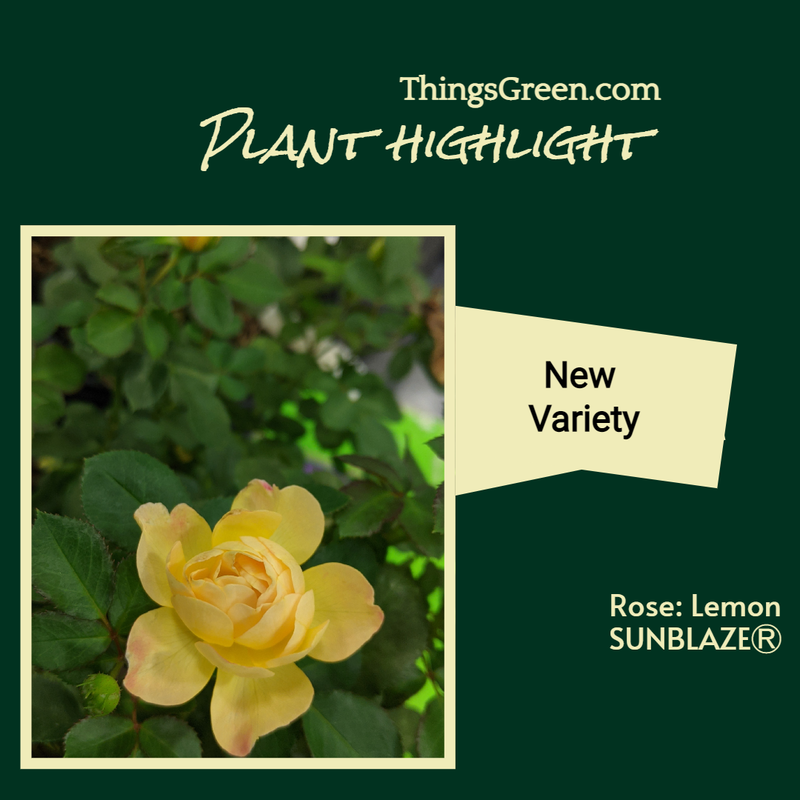
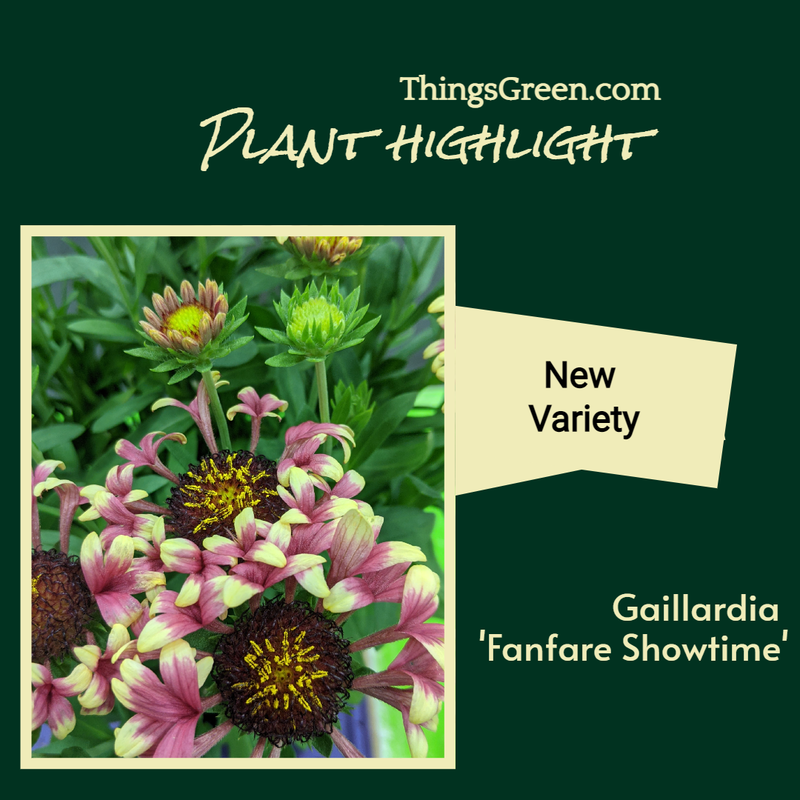
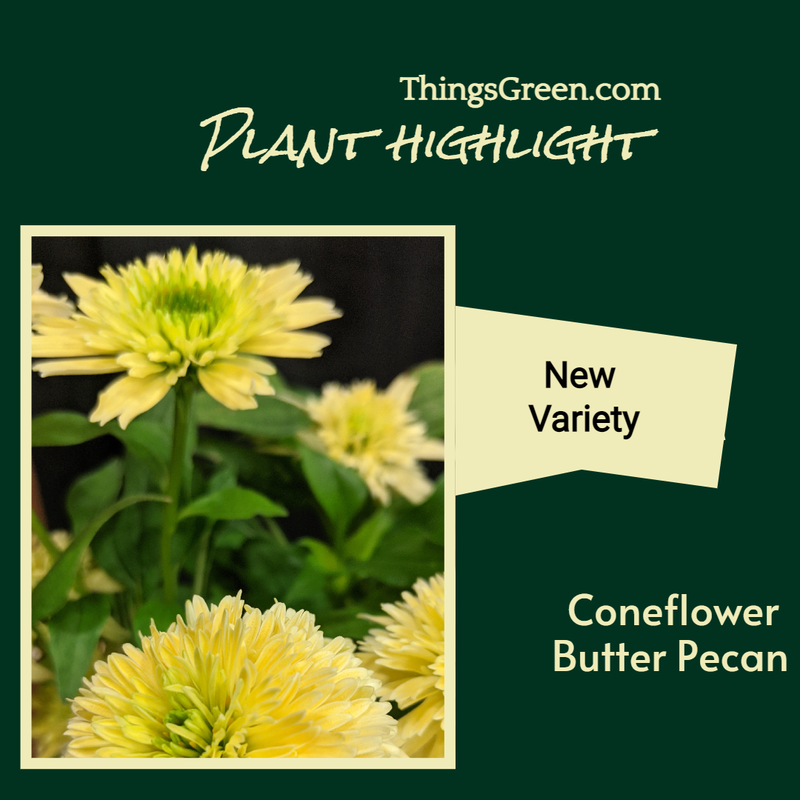
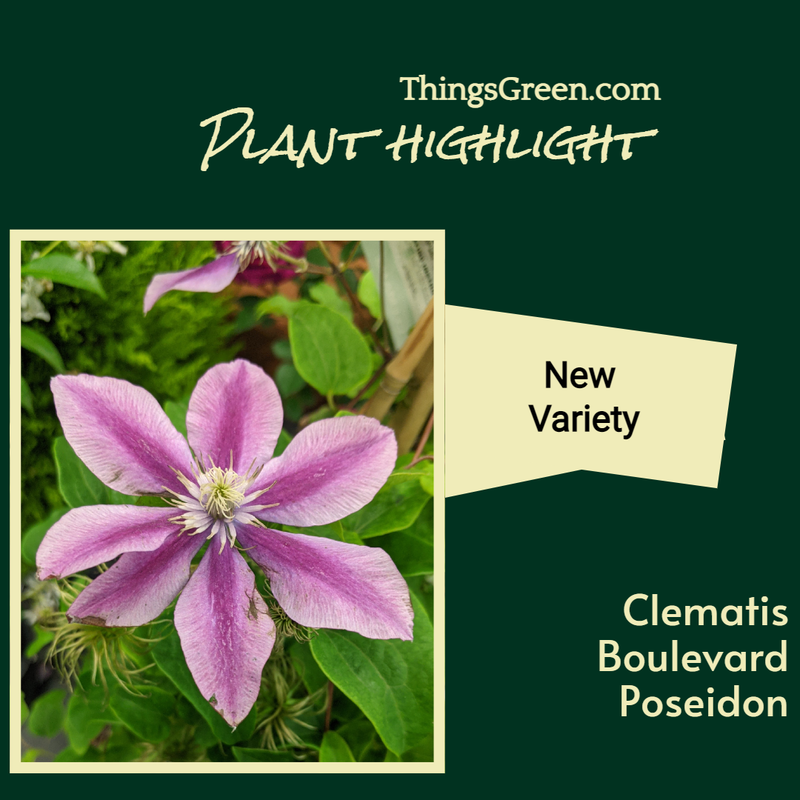
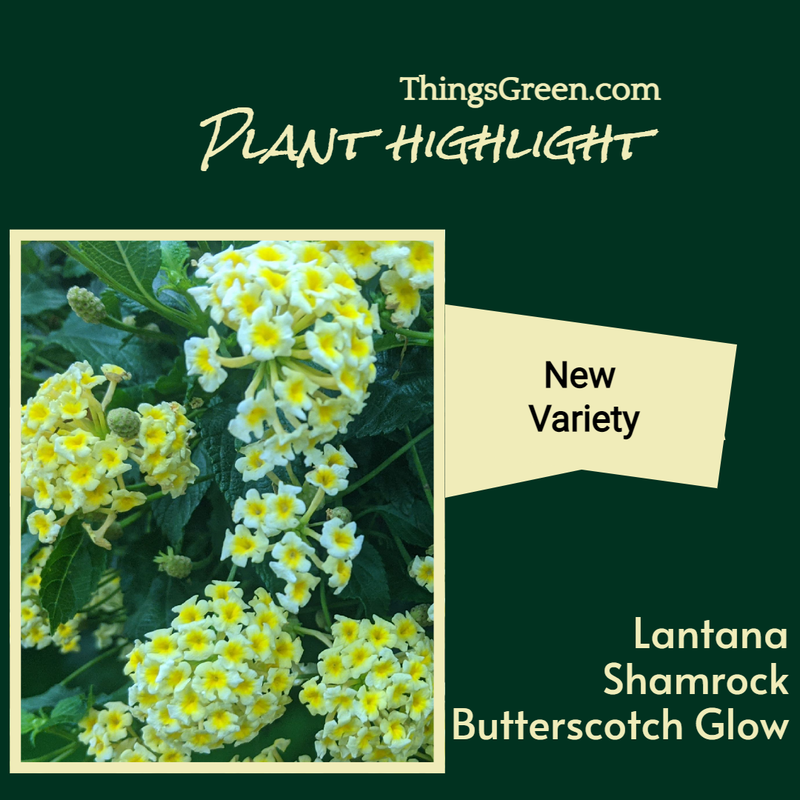
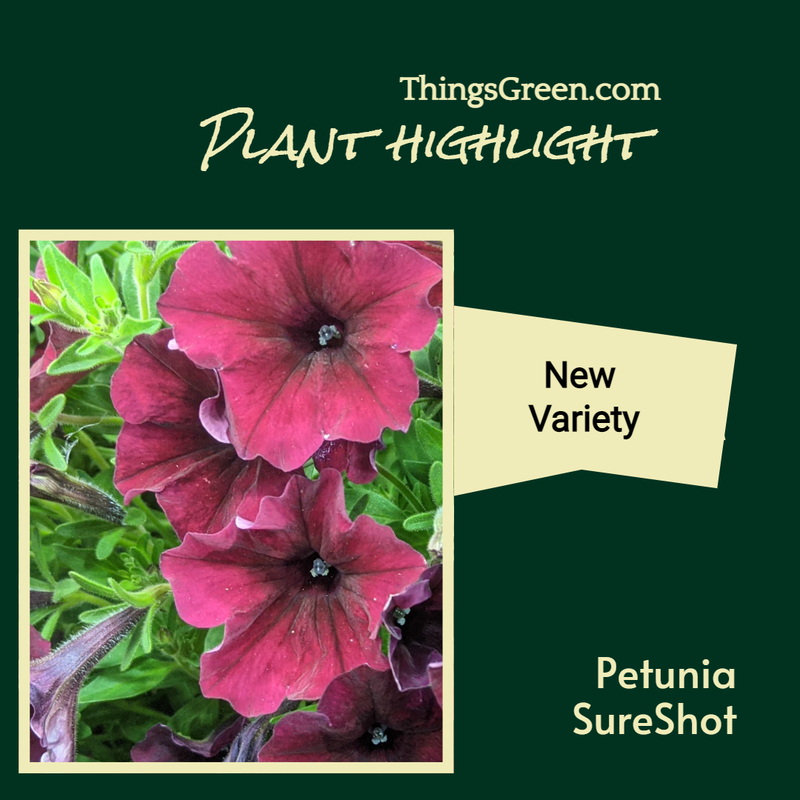
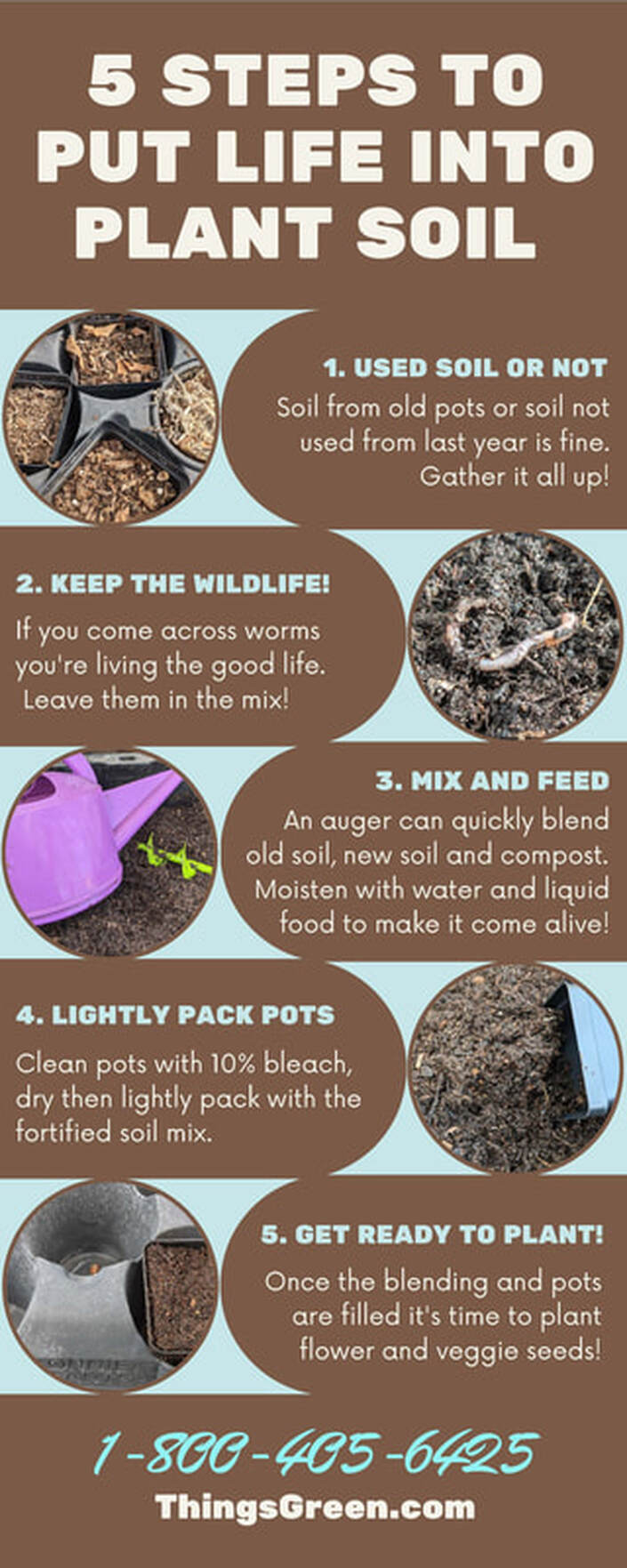
 RSS Feed
RSS Feed